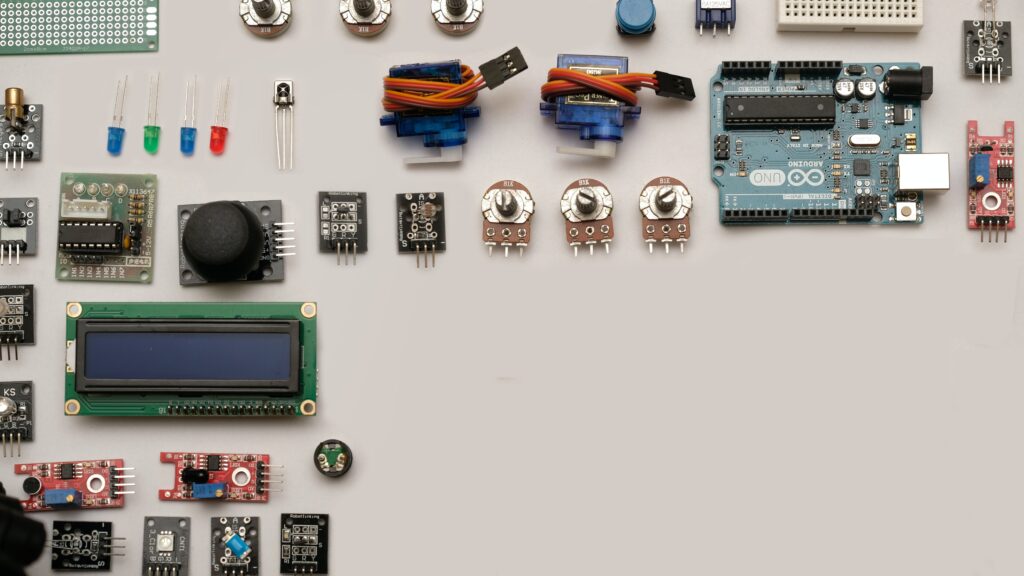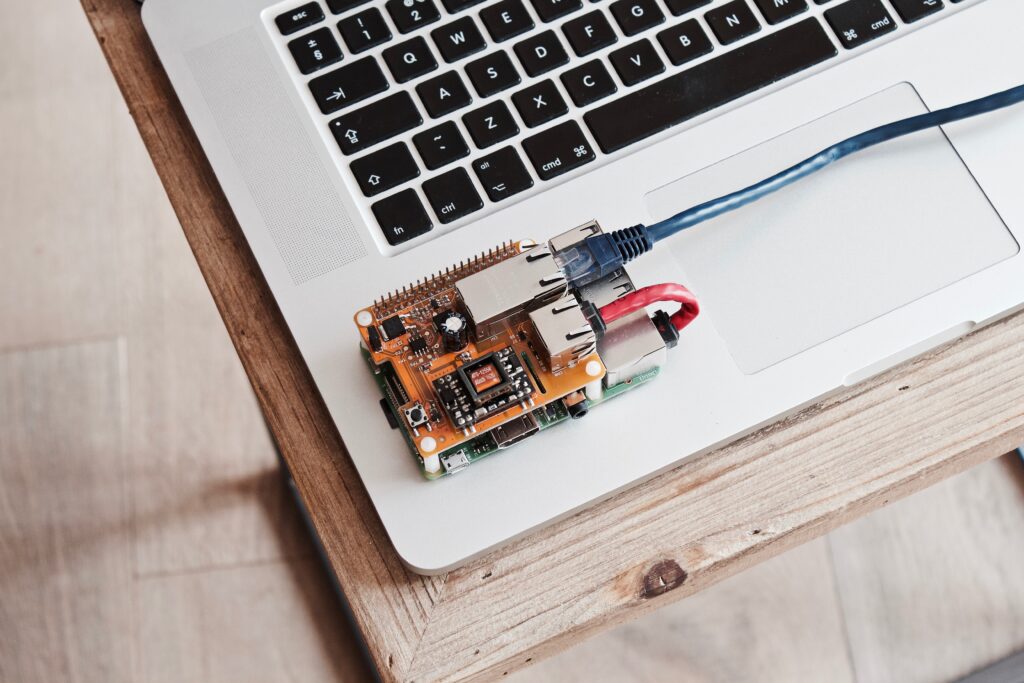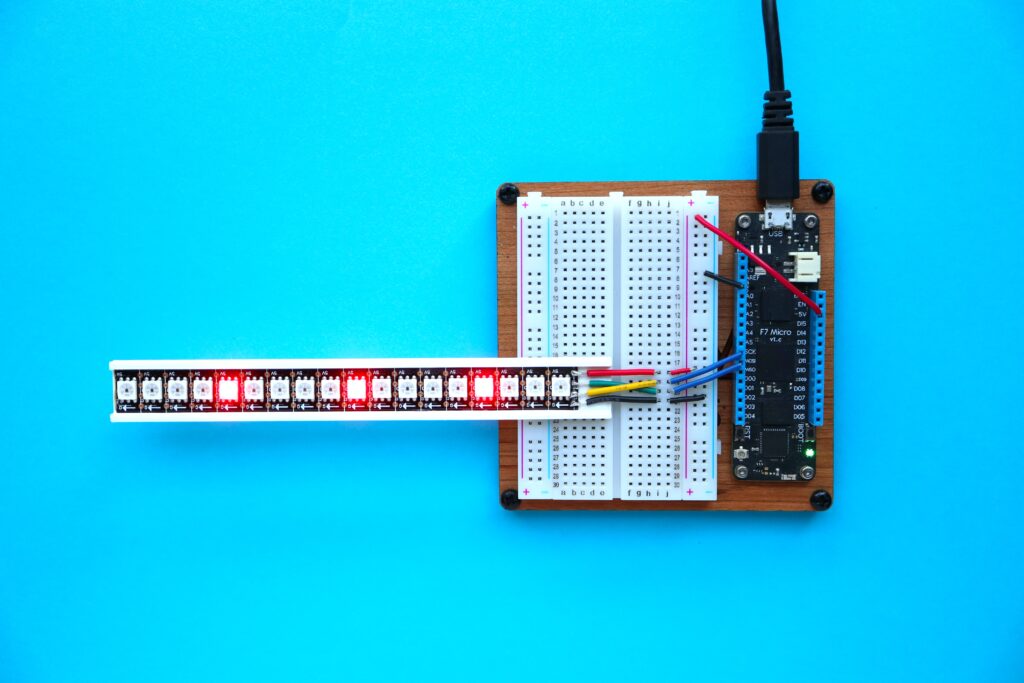The Internet of Things (IoT) has become an integral part of our connected world, enabling the seamless integration of physical devices with digital networks. Understanding the components of an IoT system is essential to grasp the intricacies of this technology. In this article, we will delve into the key components that make up an IoT system and explore their functionalities, interactions, and significance in creating a robust and efficient IoT ecosystem.
Devices and Sensors: Connecting the Physical World

At the heart of an IoT system are the devices and sensors that collect and transmit data from the physical environment. These devices can be anything from small embedded sensors to complex machinery, each designed to capture specific data points. Sensors measure physical properties such as temperature, humidity, motion, and light, converting them into digital signals for processing and analysis.
Connectivity: Bridging the Gap
Connectivity forms the backbone of an IoT system, enabling devices and sensors to communicate and exchange data seamlessly. Various communication protocols, such as Wi-Fi, Bluetooth, Zigbee, and cellular networks, facilitate data transmission between devices and the IoT platform. The choice of connectivity depends on factors such as range, power consumption, bandwidth requirements, and security considerations.
IoT Platform: Managing Data and Devices

The IoT platform acts as a centralized hub that manages the flow of data and orchestrates the interactions between devices and applications. It consists of hardware and software components responsible for data ingestion, storage, processing, and analysis. The platform provides functionalities like device management, data security, and scalability, enabling organizations to harness the potential of IoT effectively.
Cloud Infrastructure: Scalability and Flexibility
Cloud infrastructure plays a crucial role in IoT systems, providing the scalability and flexibility required to handle vast amounts of data generated by connected devices. Cloud platforms offer storage, computing power, and analytics capabilities, allowing organizations to process and derive meaningful insights from the collected data. Cloud services also facilitate remote device management, over-the-air updates, and real-time monitoring, making IoT deployments more agile and efficient.
Data Analytics and Artificial Intelligence: Extracting Value
Data analytics and artificial intelligence (AI) technologies are instrumental in extracting actionable insights from the massive volumes of data generated by IoT devices. Advanced analytics techniques, such as machine learning and predictive modeling, enable organizations to identify patterns, detect anomalies, and make data-driven decisions. AI algorithms can automate processes, optimize resource allocation, and enable predictive maintenance, improving efficiency and operational effectiveness.
Security and Privacy: Safeguarding the IoT Ecosystem
Security and privacy are critical components of any IoT system. As the number of connected devices increases, so does the risk of cyber threats and data breaches. Robust security measures, including encryption, authentication, and access controls, are essential to protect the integrity and confidentiality of data. Privacy considerations involve obtaining user consent, anonymizing sensitive information, and complying with regulations to ensure data protection.
User Interfaces and Applications: Interacting with IoT
User interfaces (UI) and applications serve as the gateway for users to interact with IoT systems. UI can be in the form of web-based dashboards, mobile applications, or voice-controlled interfaces. These interfaces provide real-time data visualization, control options, and notifications, empowering users to monitor and manage connected devices seamlessly. Applications built on top of IoT platforms cater to specific use cases, such as smart homes, industrial automation, healthcare monitoring, and environmental sensing.
Interoperability and Standards: Enabling Collaboration

Interoperability and standardization play a crucial role in the widespread adoption and success of IoT. As IoT devices and platforms continue to proliferate, the need for seamless integration and collaboration becomes paramount. Industry-wide standards ensure compatibility, data interoperability, and ease of integration between different devices, networks, and applications, fostering a cohesive and interconnected IoT ecosystem.
Conclusion
The components of an IoT system work together harmoniously, connecting the physical and digital realms and unlocking endless possibilities. From devices and sensors capturing real-time data to cloud infrastructure facilitating scalability and analytics extracting meaningful insights, each component plays a crucial role in creating a robust and efficient IoT ecosystem. As technology advances and IoT continues to evolve, understanding these components will be instrumental in harnessing the power of IoT and driving innovation across industries.
FAQs
What are the main challenges when it comes to device connectivity in an IoT system?
Answer: Device connectivity in IoT systems can be challenging due to various factors such as compatibility issues, range limitations, and the need for reliable network connectivity. Ensuring seamless communication between devices from different manufacturers and integrating them into a unified IoT ecosystem can be a complex task.
How is data security addressed in IoT systems?
Answer: Data security is a crucial concern in IoT systems. Measures such as encryption, authentication, and access controls are implemented to safeguard data privacy and protect against unauthorized access. Additionally, regular security updates, vulnerability assessments, and adherence to industry best practices are essential for maintaining the security of an IoT system.
Can an IoT system function without cloud infrastructure?
Answer: While cloud infrastructure offers scalability and flexibility, not all IoT systems require it. Some IoT applications can operate in a decentralized manner, with devices communicating directly with each other or utilizing local edge computing capabilities. The choice of utilizing cloud infrastructure depends on factors such as data storage needs, analytics requirements, and scalability considerations.
How can businesses derive value from the data collected by IoT devices?
Answer: Businesses can derive value from IoT data through advanced analytics techniques such as machine learning and predictive modeling. By analyzing the collected data, organizations can gain insights into customer behavior, optimize processes, identify patterns, and make data-driven decisions. These insights can lead to operational efficiency, improved customer experiences, and new business opportunities.
What are the key considerations for ensuring privacy in an IoT system?
Answer: Privacy considerations in an IoT system include obtaining user consent for data collection and usage, implementing robust data anonymization techniques, and adhering to privacy regulations such as the General Data Protection Regulation (GDPR). Transparent data handling practices, clear privacy policies, and secure data transmission and storage are essential to protect user privacy in IoT systems.

